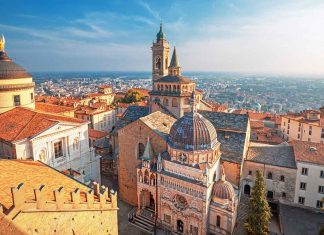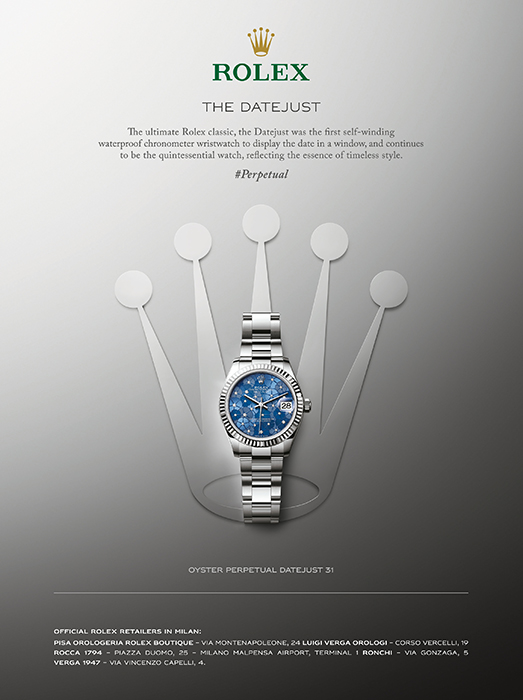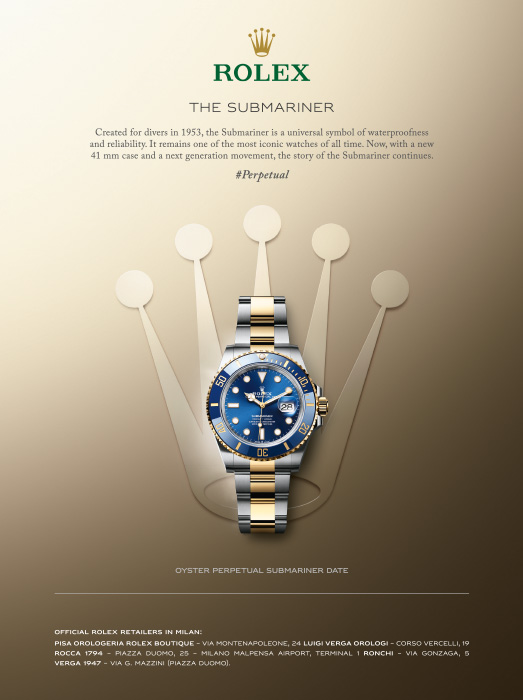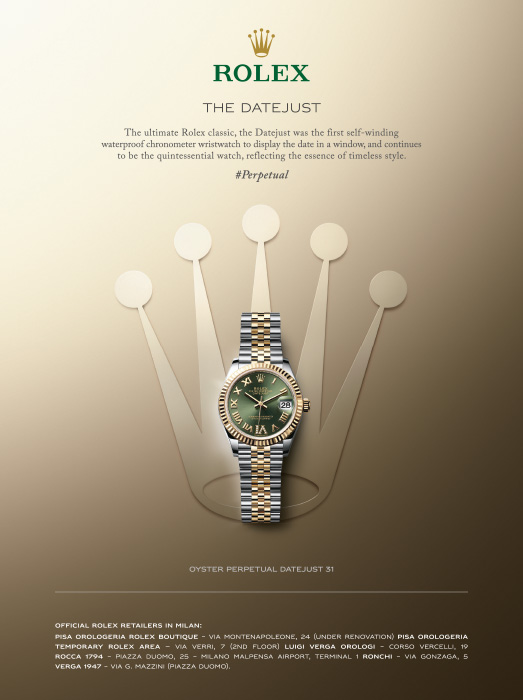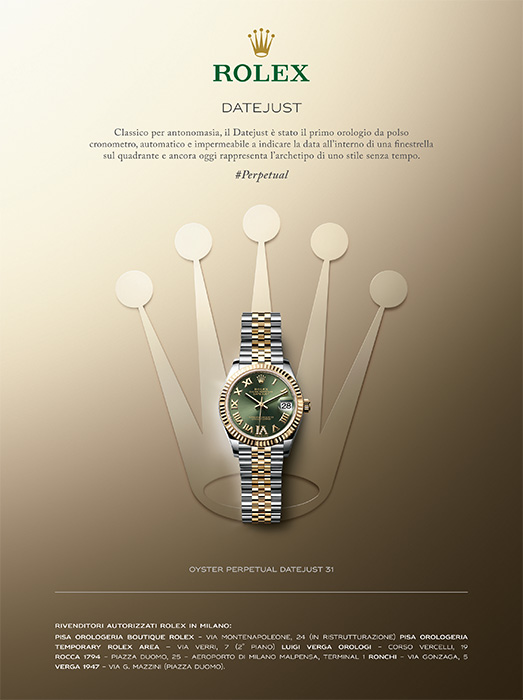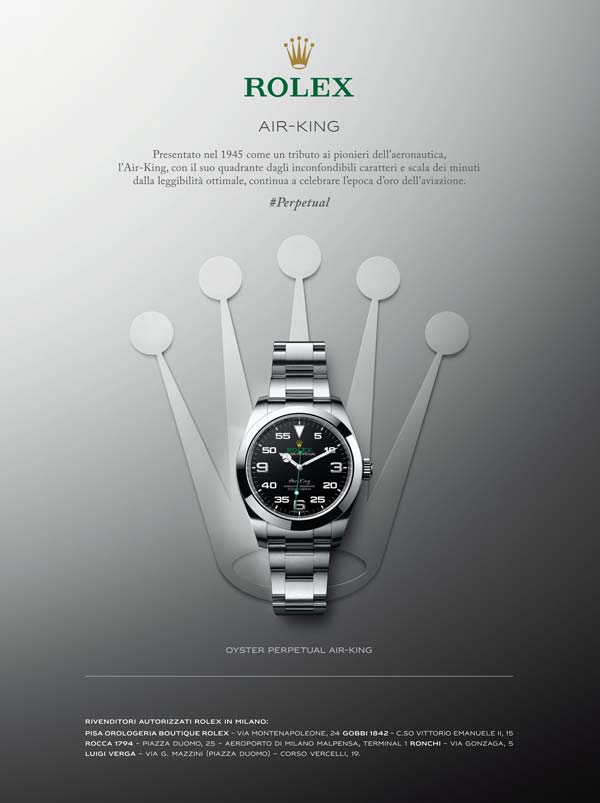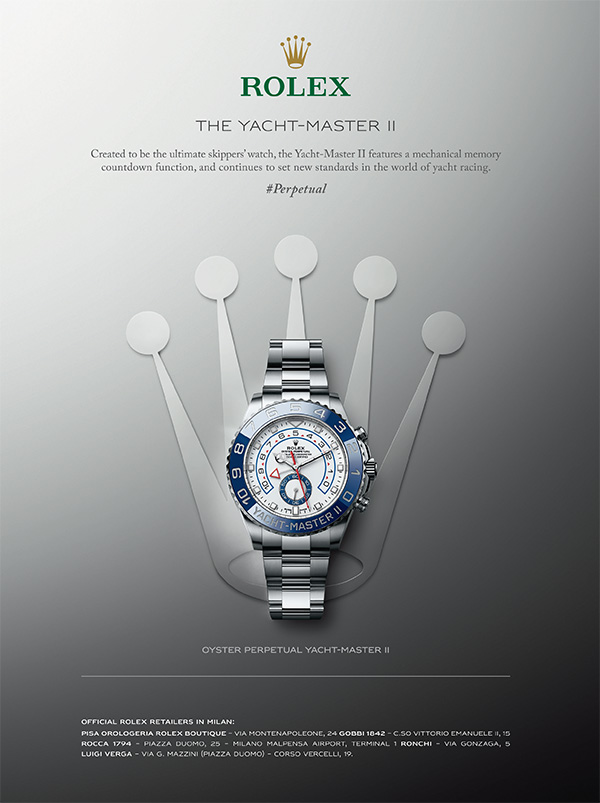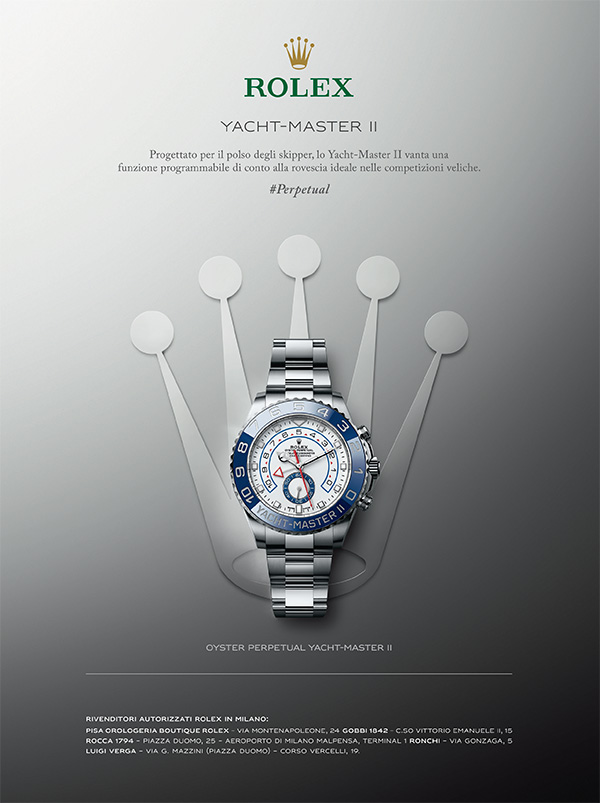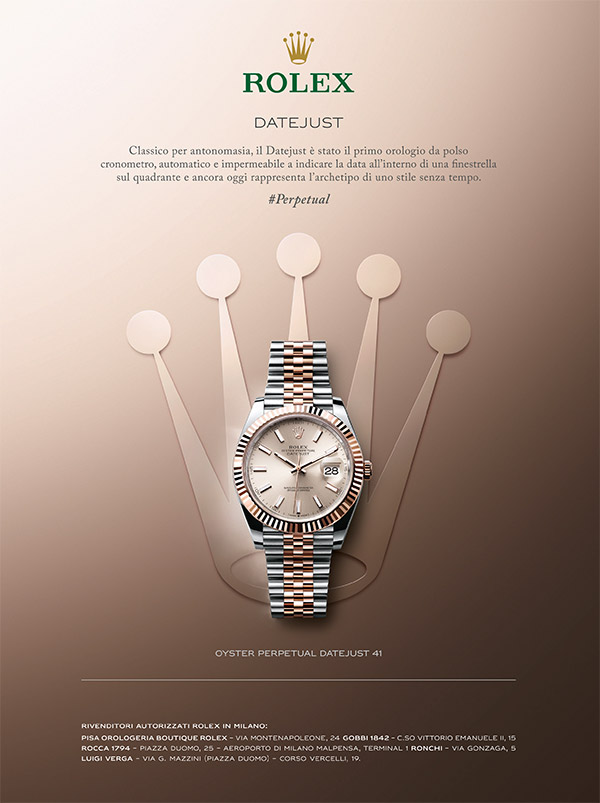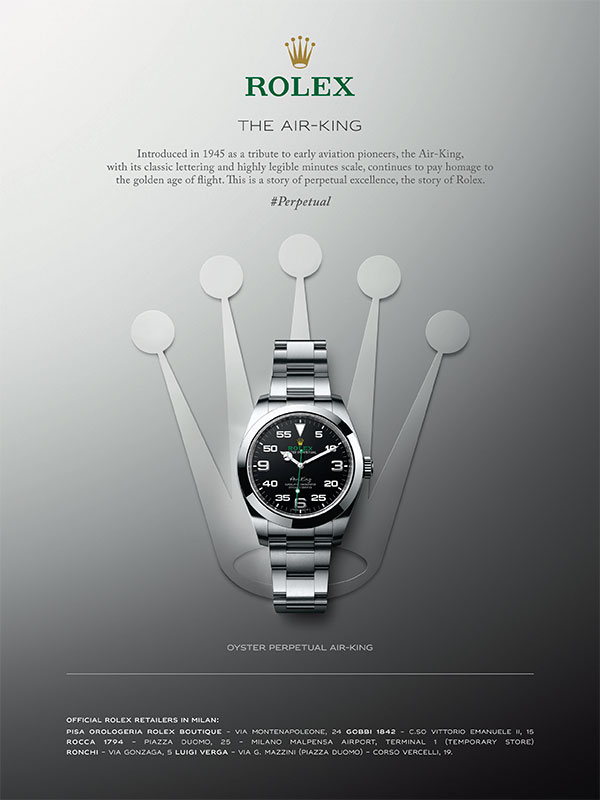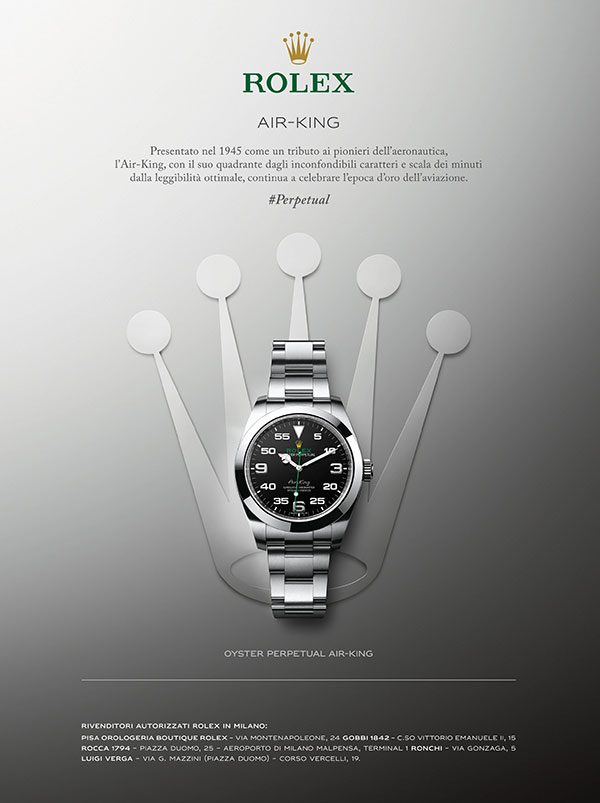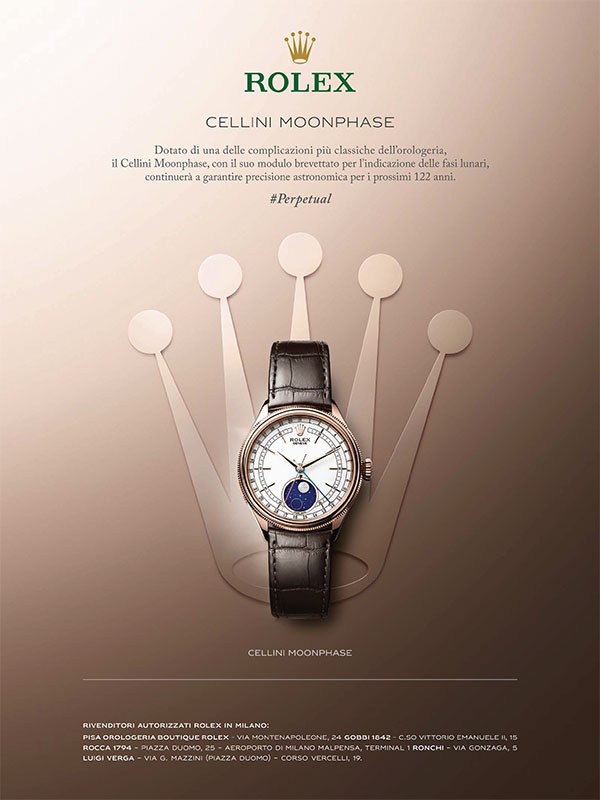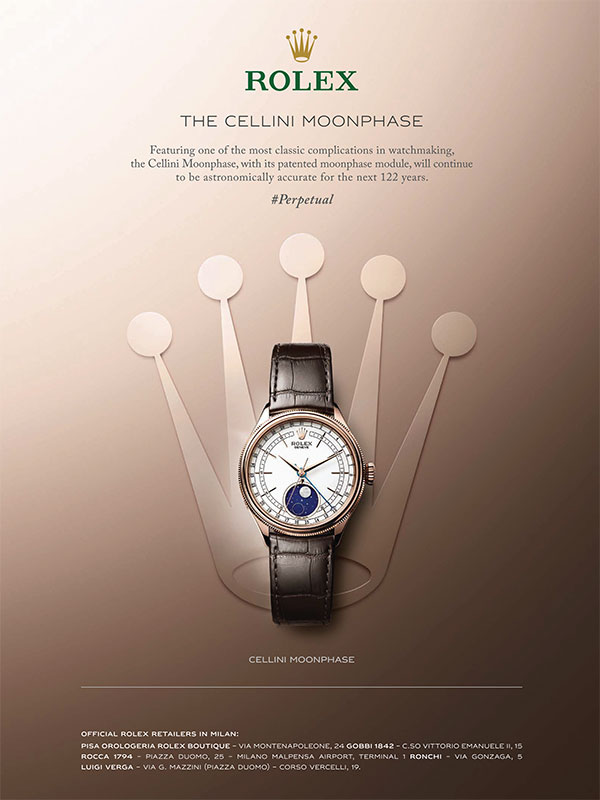https://www.ambrosiana.it/
+39 02 806921
M1 (red line) Cordusio; M1-M3 (red line and yellow line) Duomo
Open Thursday to Tuesday 10am-6pm (closed on Wednesday)
For visitors, the Ambrosiana is above all a splendid Art gallery, with some of the most moving masterpieces of painting in Milan. But it is in fact a complex cultural institution with a Library and an Academy, which has gradually expanded.
THE ART GALLERY
In 1618 Federico Borromeo donated his collection of paintings, drawings, prints and sculptures, the original nucleus of the Pinacoteca Ambrosiana, which was to be enriched over the next four centuries with numerous masterpieces of Italian and European art. The Pinacoteca is in fact the oldest museum in Milan. In 1618 there were about 250 paintings, including originals and copies (about 30); now there are more than 1,500 works on wood, canvas and copper.
The collection includes the large preparatory cartoon for Raphael’s “School of Athens”, Leonardo da Vinci’s “Portrait of a Musician”, Caravaggio’s “Basket of Fruit”, Botticelli’s “Madonna of the Pavilion”, the “Nativity” by Barocci, the “Adoration of the Magi” by Titian, the “Holy Family with Saints Anne and John” by Bernardino Luini, the “Portrait of a Lady” by Giovanni Ambrogio De Predis, the “Vases of Flowers” by Jan Brueghel.
A new “Aula Leonardi” now houses the masterpiece by Leonardo da Vinci, the only work on wood by the Florentine master left in Milan, and other works by important Leonardesque painters such as Salai, Giovanni Antonio Boltraffio and Bernardino Luini.
THE LIBRARY
The Veneranda Biblioteca Ambrosiana, founded by Cardinal Federico Borromeo on 7 September 1607, was one of the first libraries in the world to be created by an illustrious patron and opened to the public (8 December 1609). Conceived by its founder as a centre of study and culture, it led to the flourishing of other cultural institutions, such as the Collegio dei Dottori (1604), the Pinacoteca (1618) and the Accademia del Disegno (1621-1776). The Library was named “Ambrosiana” in honour of Saint Ambrose, the patron saint of Milan, and held a large number of precious codices. Over the centuries, many other donors increased the library’s holdings, and among the manuscripts donated by Marquis Galeazzo Arconati in 1637 were drawings by Leonardo da Vinci, now collected in the famous “Codex Atlanticus”, the largest collection of Leonardo’s autograph sheets in the world. Today, the Library contains about one million printed volumes, 40,000 manuscripts in Greek, Latin, vernacular and various Oriental languages, 12,000 drawings and 22,000 engravings.
THE ACADEMY
The Ambrosiana, with its Library and Art Gallery, was conceived not only as a place for conservation and exhibition, but also as a didactic tool: in fact in 1620 Cardinal Borromeo founded an Academy of Drawing, for the teaching of painting, sculpture and architecture. In 2008 the Academy was once again founded as a place dedicated to promoting encounters and dialogue between different peoples and cultures, and is now organised into eight Classes for Borromean Studies, Ambrosian Studies, Far Eastern Studies, Italian Studies, Slavistics, Near Eastern Studies, Greek and Latin Studies, and African Studies.



